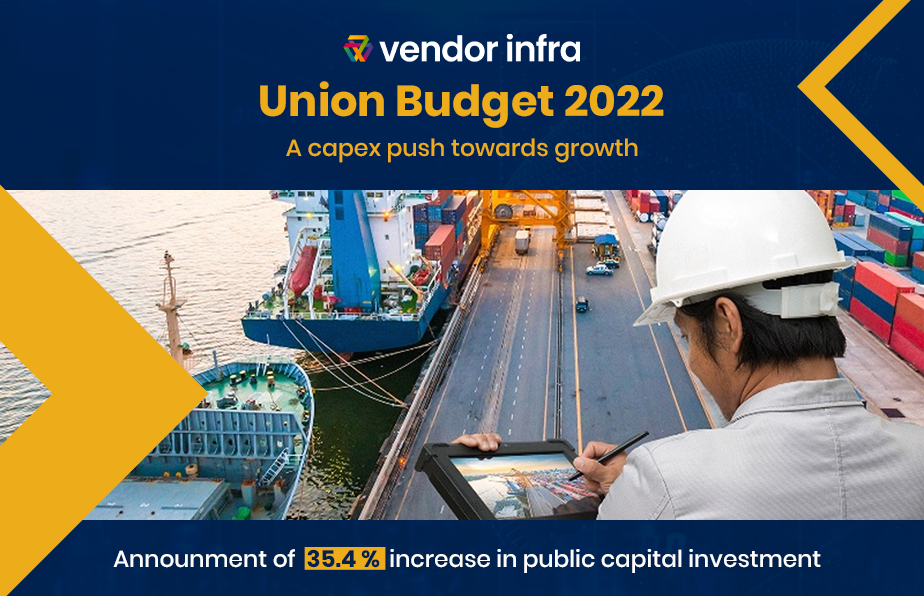Finance Minister Sitharaman proposed a 35.4 percent hike in capital expenditure outlay to Rs 7.5 lakh crore in her budget speech on February 1. This move aims to pump the investment cycle and boost India’s Inc’s economic recovery by placing a safe bet on public capital expenditure. This move to increase the government’s budgetary allocation towards infrastructure has been universally commended by industry leaders all over India.
There is one school of thought economists have: putting money directly in the hand of the people. The other opposing school of thought is creating long-lasting nations as a priority. This government takes care of both sides with one single stride. As it creates demand for intermediates to employ an army of workers across India.
There has been a significant reset of the playing field between the public and private sectors. The announcement of projects by surety bonds shows the government’s intent. Bank guarantees were a central pain point for many Indian businesspeople, and the insurance sector would be stepping in to solve that.
With a 35% year-on-year increase in CAPEX with an imminent infrastructure spending of over 10 lakh crore in the coming financial year, the government has proved its allegiances towards using the infrastructure sector as a multiplier for sustained economic growth. To improve India’s overall competitiveness among world economies, a key focus area is multimodal transport to reduce logistics costing. Alongside budget pointed towards the need for coordination between various ministries to identify and ensure timely completion of priority projects. Both of these approaches, as mentioned earlier, would be addressed through the Gati Shakti initiative, which is the main façade of the developments promised through this budget. The backbone of the Gati Shakti would be digital technology, including Geographical information systems (GIS).
There has been a significant increase in investments under the head of road and railways, increasing 50% from last year’s target. As part of Gai shakti, 100 cargo terminals are proposed to be developed in the next three years for railway infrastructure. The proposed numbers for national highways stand at 25,000 km, nearly double the maximum achieved in half a decade. The proposed spending on urban infrastructure, housing, and ports has been maintained the same as the previous year’s budget, except for a 20% increase in the Jal Jeevan mission.
Pubic Private Partnership was the keyword in this year’s Budget speech, and nearly all infrastructure development plans will be executed through the PPP model. This is a welcome move and would ensure private sector participation in nation-building and ensuring quality in infrastructure development.
However, several policy reforms are essential for creating a sustainable private investment. While Budget 2022-23 reinforces the Union government’s commitment to infrastructure development, timely implementation of the aforementioned measures would be critical for putting a robust extra-budgetary financial ecosystem in place.


